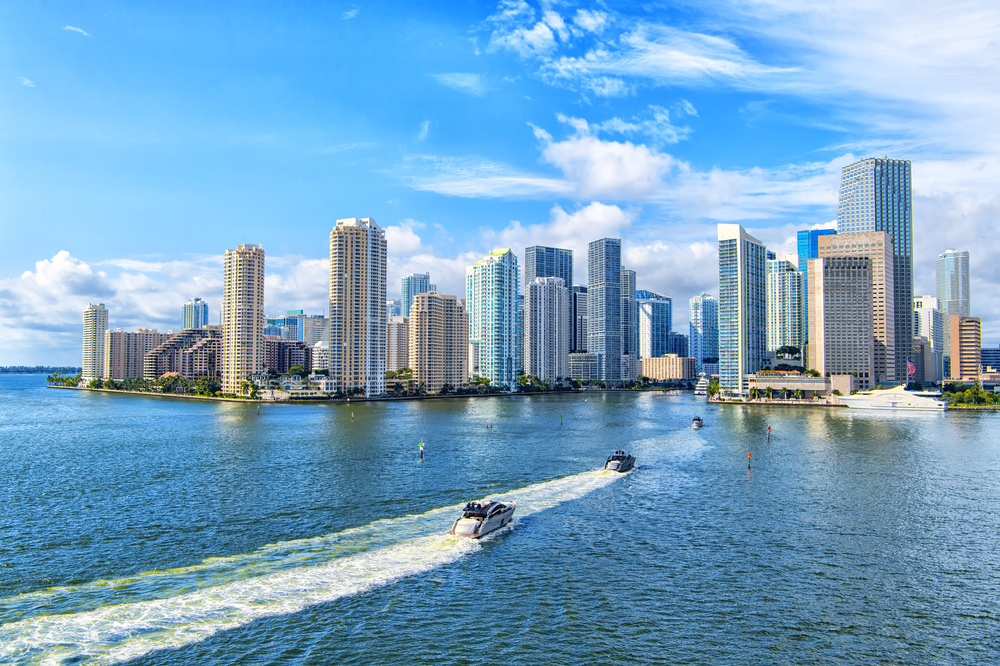If you’re a fan of warm weather, sandy beaches, and plenty of sunny days, Florida is a great place to live. The Sunshine State attracts thousands of newcomers to its sandy shores – and it’s not hard to see why. From the lack of state income tax to the sunny weather, there are plenty of reasons to love calling Florida home.
Florida offers residents a relatively low cost of living and access to good jobs, low taxes, and a burgeoning public school system that’s drawing young families to the state. The state has major industries like tourism, construction, banking, healthcare, aerospace, and defense. For anyone looking to move to Florida, there are plenty of great places to stay.
If you are thinking about relocating to the Florida area, here are some facts that may help you in planning such a move, it’s not a secret that Florida has countless beautiful beachside towns to choose from. Most people who move to Florida have something for everyone, if you are really interested in moving to Florida I am going to give you some things you need to know before you move. and it is crucial to know what are the pros and cons of living in Florida. Because Florida can be a paradise, but there are also negatives about living here too.
If you’re moving to Florida, there are a lot of things you’re going to need to know. Luckily, you’ve come to the right place.
Today, the Florida Department of Economic Opportunity announced the statewide number of private sector jobs increased by 18,800 over the month, resulting in twelve consecutive months of job growth. Florida’s unemployment rate slightly increased to 4.8 percent in April 2021, still remaining below the national average of 6.1 percent. Florida’s labor force was up 73,000, bringing the April 2021 total up to 10,243,000.
The unemployment rate in the Orlando area was 5.6 percent in April, down 12.1 percentage points from the April 2020 rate. The Orlando area private sector employment increased by 52,600 jobs over the year. The industries gaining the most amount of jobs over the year were trade, transportation, and utilities, gaining 18,500 jobs, and education and health services, gaining 12,000 jobs.
Florida’s public transportation options vary by city, as each has its own infrastructure and transportation businesses, Uber and Lyft are great, but if you’re in Orlando, FL, and looking for the best downtown transportation, you have to try one of these!
but here are some general suggestions:
- Public transportation: For short trips within the town, try the bus or trolley. Google Transit can help you map out a route.
- Bicycle: A handful of cities, including Punta Gorda and Miami Beach, offer bike-sharing programs.
- Shuttle service: Florida Shuttle Transportation offers service between most major cities.
- Amtrak: It’s convenient and affordable, without the security hassles of flying.
- CVBs: Call the local convention and visitors bureau for advice from the folks who know the city best.
Florida is not the cheapest state to live in, but it’s not the most expensive either. The cost of living varies considerably depending on the part of Florida, from the super expensive to the very reasonable. Your experience will also be influenced by the place that you come from because that’s what you’ll compare it to.
Because Florida is a popular destination for celebrities, retirees, and families chasing warmth and sunshine, housing in high demand. Though the price of groceries, utilities, and general expenses are comparable to the United States average, what makes Florida more expensive is the cost of housing—the average home costs $255,695, whereas the median price for a U.S. home is $480,800 dollars. Do keep in mind, however, that these prices may vary widely depending on which country you’re looking to live in.
Considering its popularity amongst retirees and rich people with vacation homes, it’s not so bad. Keep into consideration, however, that the minimum wage in Florida is $8.25—far below $11.75, which is considered to be a livable wage.
Moving is one of the most exciting and overwhelming events in our lives. While there are many moving companies and various different resources to choose from, there is only one Real Movers. If you are in the process of planning a long-distance move, and you are looking for a moving company you can trust, Real Movers is your perfect choice.















